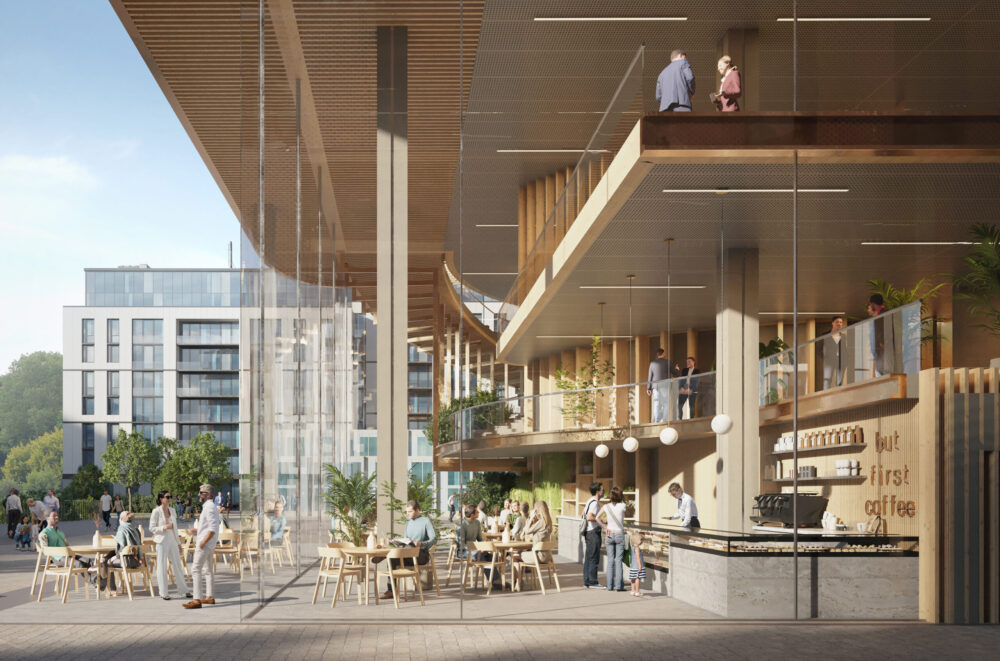
Residential gardens are a poor substitute for native bushland and increasing urbanisation is a growing threat when it comes to bees, Curtin University researchers have discovered.
Published in the journal, Urban Ecosystems, the research looked at bee visits to flowers, which form pollination networks across different native bushland and home garden habitats.
Lead author, Forrest Foundation Scholar Miss Kit Prendergast, from Curtin’s School of Molecular and Life Sciences, said the findings highlight the need to prevent the destruction of remaining bushland and preserve native vegetation, in order to protect sustainable bee communities and their pollination services.
“Our study involved spending hundreds of hours at 14 sites on the Swan Coastal Plain at Perth, Western Australia, recording which bees visited which flowers in the two types of habitats – gardens and native bushland,” Miss Prendergast said.
“From these bee-plant interactions I was able to map pollination networks, which could be analysed to determine how ‘healthy’ each habitat was for bees and the pollination services it provided, as well as how much potential competition there was between different bee groups, such as between introduced European honeybees and native bee groups.”
“We found residential gardens were structurally different to those in bushland remnants, and the increasing loss of these native areas for residential development could disrupt important bee-plant interactions,” she explained.
Miss Prendergast said while bushland remnants were more favourable environments for thriving pollination networks of bees and flowers, the chance of bee populations completely disappearing from an area was higher than in residential gardens.
“This suggests that, if disrupted for urban development, bee and plant populations in native bushland remnants would be even more prone to extinctions,” she said.
“The research shows the importance of bushland preservation to the survival and health of bee populations and the broader ecosystems.”
“This has implications for the conservation of wild bee populations in this biodiversity hotspot, and suggests removal of remnant native vegetation for residential development could disrupt the balance and integrity of local ecosystems and lead to extinctions,” Miss Prendergast concluded.
Co-authored by Professor Jeff Ollerton from the University of Northampton, the full paper, ‘Plant-pollinator networks in Australian urban bushland remnants are not structurally equivalent to those in residential gardens’, can be found online here.











